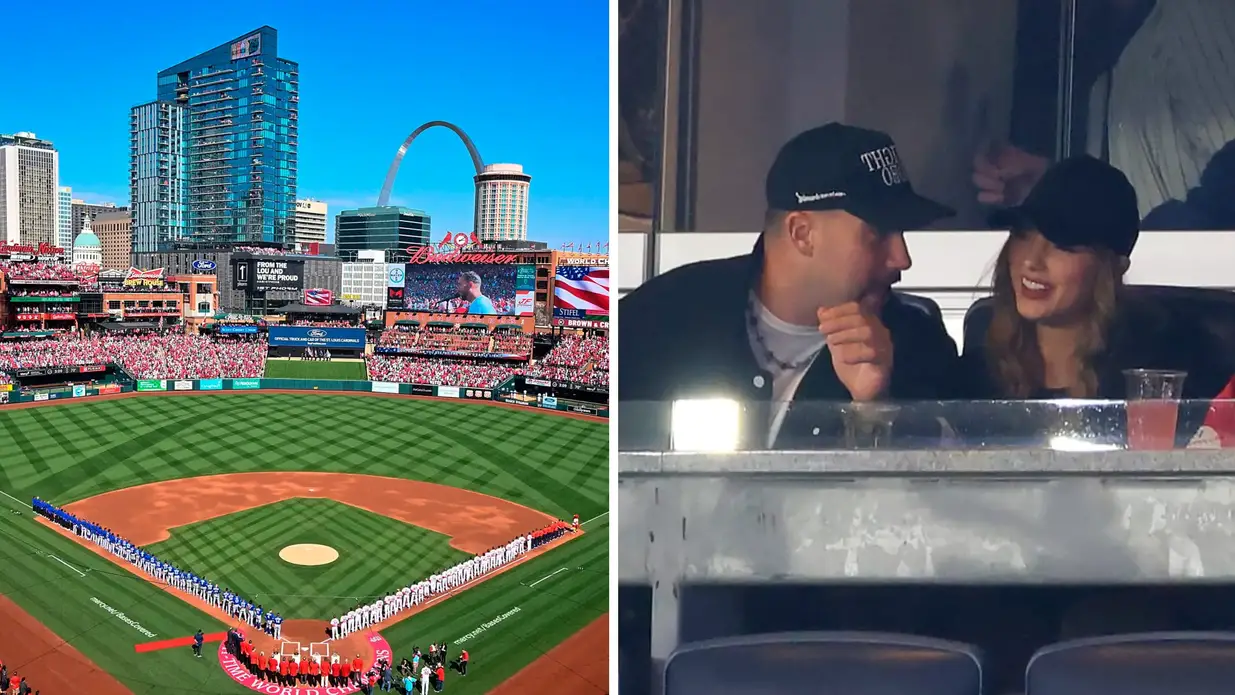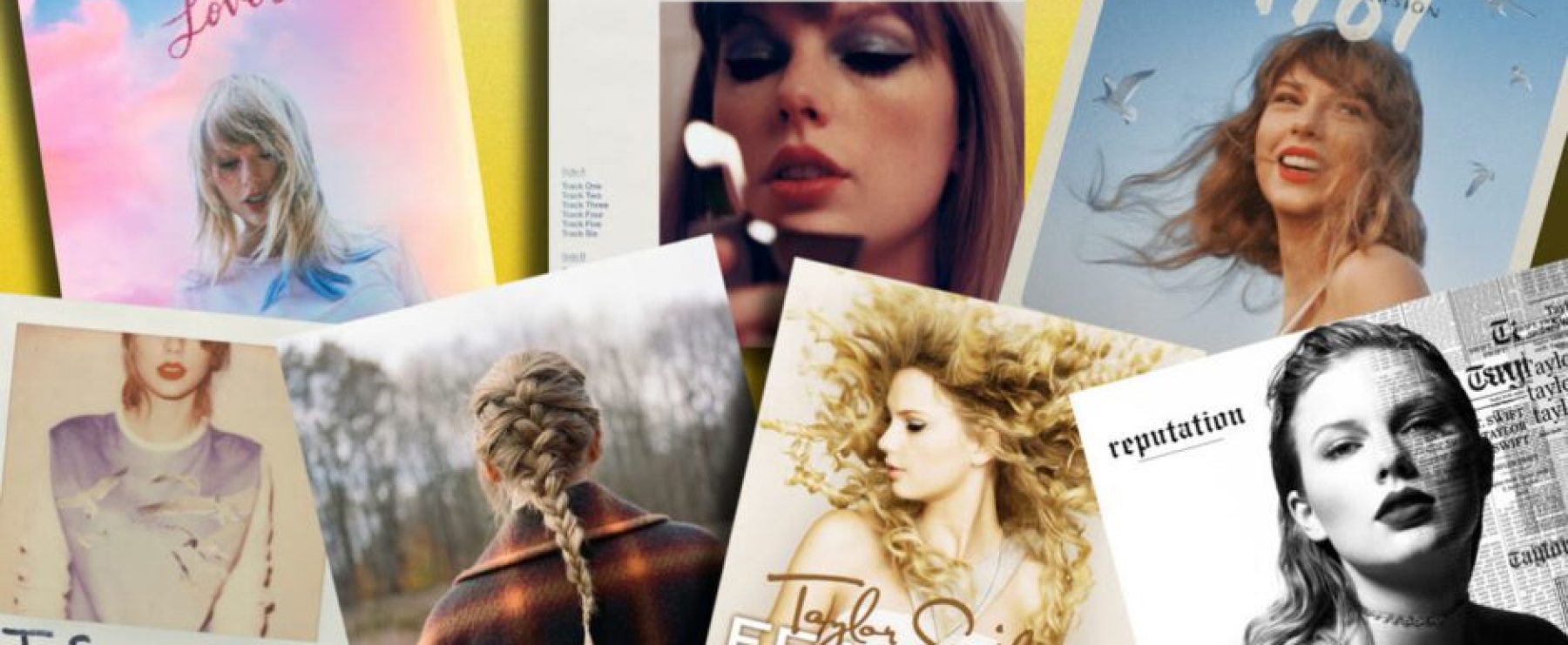MLB Loses 1
Major League Baseball (MLB) is facing an unexpected and significant financial hit as reports indicate the league has lost 1.5 million subscribers and $10 million in brand deals. The surprising reason? The cultural phenomenon created by pop superstar Taylor Swift and NFL star Travis Kelce, whose publicized relationship has seemingly overshadowed MLB’s late-season action.

The Taylor Swift and Travis Kelce Effect
Taylor Swift and Travis Kelce have become one of the hottest celebrity couples, captivating the media and fans alike. Their romance has sparked a frenzy of attention across news outlets, social media platforms, and entertainment shows. Swift’s influence, already monumental in the music industry, has now crossed over into the world of sports—dominating headlines and shifting focus away from traditional sports coverage, including MLB’s crucial playoff season.
The Swift-Kelce relationship has reportedly drawn massive attention to the NFL, with Swift appearing at multiple Kansas City Chiefs games to support Kelce. The buzz around their relationship has drawn millions of non-football fans into NFL games, causing a surge in viewership, merchandise sales, and fan engagement.
Unfortunately for MLB, this spotlight on the NFL comes at a critical time for the league. The final stretch of the regular season and the highly anticipated postseason are traditionally moments when baseball draws more attention and revenue. However, this year, much of that attention has been diverted elsewhere.
Decline in Subscribers and Brand Deals
The numbers speak volumes. According to industry reports, MLB has experienced a sharp decline in subscriptions to its streaming platforms and overall fan engagement. Approximately 1.5 million subscribers have canceled or opted not to renew their MLB streaming packages, marking a dramatic shift in interest during a time when baseball typically ramps up its audience.
Brand deals have also taken a hit, with sponsors either pulling out or reducing their commitments to the tune of $10 million. Some advertisers, particularly those targeting younger demographics, have shifted their focus toward the NFL and the Swift-Kelce craze, recognizing that their marketing dollars would yield better returns in a more high-profile arena.
Why MLB is Feeling the Impact
The timing couldn’t be worse for MLB, as the league relies heavily on increased fan engagement during the postseason to drive revenue. Playoff games usually bring heightened interest from both hardcore fans and casual viewers, making it a prime opportunity for sponsors and advertisers to invest in the sport.
However, with the media spotlight firmly fixed on Taylor Swift and Travis Kelce, MLB’s postseason has struggled to capture the attention it usually commands. Even major matchups and storylines in baseball have been pushed to the background, leaving the league fighting for relevance amidst the NFL’s rising popularity, boosted by this celebrity-fueled narrative.
Another factor contributing to MLB’s decline is the changing landscape of sports media consumption. Younger audiences, who are more easily swayed by cultural trends, are increasingly tuning in to what’s popular on social media and streaming platforms. In this case, Swift and Kelce have become a viral sensation, drawing younger viewers away from MLB, which has long been grappling with attracting a new generation of fans.
The Broader Implications for MLB
This downturn in subscriber numbers and lost revenue from brand deals raises significant questions about MLB’s future and its ability to maintain relevance in an increasingly crowded and competitive sports entertainment landscape. The league has long struggled with modernizing its appeal, particularly to younger audiences, and the Taylor Swift-Travis Kelce media blitz is only highlighting its vulnerability.
While the NFL has leveraged the celebrity buzz to expand its reach, MLB has yet to find a way to capitalize on pop culture moments in the same way. Baseball’s traditionalist image, combined with slower-paced gameplay, has often made it harder to generate excitement beyond its loyal fan base. This latest blow underscores the league’s ongoing challenge to adapt and evolve in a rapidly changing media and entertainment environment.
Can MLB Bounce Back?
Despite the recent challenges, MLB still has a strong foundation of dedicated fans and a rich history that could help the league weather the storm. However, it’s clear that the league needs to make significant changes if it wants to recapture the attention of younger, more culturally plugged-in audiences.
One potential area of growth could be enhancing MLB’s presence on social media and integrating more fan-driven content. Engaging influencers, embracing celebrity crossovers, and fostering partnerships with entertainers could help boost the sport’s visibility beyond its traditional channels. MLB could also explore ways to shorten games, make in-game experiences more exciting, and lean into technology, such as augmented reality and virtual experiences, to engage modern audiences.
Additionally, MLB might need to reconsider its branding strategy and work more closely with sponsors and media partners to ensure they’re not losing out to more culturally dominant sports like the NFL. Partnerships with high-profile celebrities, or finding a way to tap into the current pop culture craze, might help the league regain some of its lost momentum.
Conclusion
The MLB’s unexpected loss of 1.5 million subscribers and $10 million in brand deals highlights the power of pop culture in today’s media landscape. As Taylor Swift and Travis Kelce continue to capture the world’s attention, MLB finds itself on the sidelines, struggling to compete for the spotlight during its most crucial time of the year. For the league to bounce back, it will need to adapt quickly, innovating in ways that appeal to a new generation of fans while reasserting its position as one of America’s favorite pastimes.
